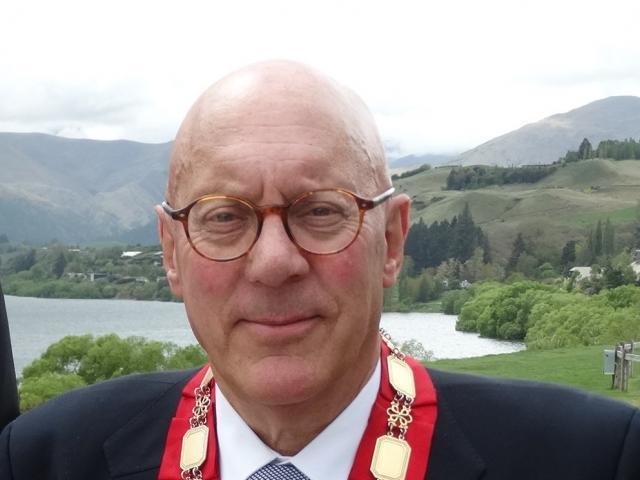
Swapping such stories has not made a jot of difference. People continue to be killed or injured on our roads, and families continue to grapple with heartbreaking loss.
It is true international drivers figure heavily in road crashes in some parts of our increasingly tourist-beloved region. Their presence in the numbers is hard to miss.
The Visiting Drivers Project for this financial year tells us overseas drivers are involved in between 21% and 40% of all crashes in Queenstown Lakes, Southland and Westland.
They feature much less severely in most other parts of the country. But then, other parts of the country have significantly more crashes, offset by significantly bigger populations.
Of course, and this cannot be stressed enough, no matter the figures, their total is never more important than each of the people such crashes hurt or killed.
Mr Boult noted this when he this week said he was deeply concerned about the horrific consequences of poor driving — but that the issues were complex and progress was being made.
Certainly, each crash is different in-so-far as it involves different people, different decisions and different conditions, but progress comes in tackling the commonalities.
Southern councils are already intimately aware of, or have contributed to, cross-agency work on the number and frequency of road crashes involving overseas drivers.
Collated as part of the Visiting Drivers Project, the data tells us most overseas and New Zealand drivers crash for the same reasons.
They lose control (23% of overseas driver crashes, compared with 16% for New Zealand drivers), they fail to give way (20% compared with 14%), they do not see the other party (12% each) and they are inattentive (13% each).
Roughly a fifth of at-fault overseas drivers failed to adjust to New Zealand rules, including our give way and keep left rules. New Zealanders were involved in 17 times more crashes outside the left lane.
But that does not mean we should shrug our shoulders and simply accept tourist drivers are, in many respects, as bad as New Zealand drivers. Many elements are being tackled.
As Mr Boult acknowledged, there is a ‘‘deep-seated frustration’’ among many that visitors are taking to the road in rental vehicles, sometimes ill-equipped for the environment.
Billboards remind them ‘‘New Zealand roads are different’’ but, in many parts of our region, seldom a long drive goes by without seeing a visitor struggling in the traffic.
But are they always visitors? Mr Boult told us he was concerned to hear a Queenstown person was subjected to abusive gestures as he drove a branded rental car to Christchurch.
The driver followed all the road rules but was abused ‘‘simply because some people concluded he was a visitor’’. The driver became someone’s tourist driver ‘‘war story’’.
Such perception-fuelling incidents suggest we should balance what we know of visitors’ driving with the knowing some progress has been made.
Government and tourism industry campaigns are educating travel agents and driving information is now included with visitor visas and on flights.
Rental companies and accommodation providers discuss safe driving and myriad warning labels on the dash try to keep cars in the left lane.
Arrows and no passing lines are painted on roads, safe stopping zones and overtaking areas are provided or planned, and police target busy roads where safety is a concern.
Between 2013-17 and 2014-18, the percentage of overseas and New Zealand drivers in crashes in which a vehicle was on the wrong side of the road, dropped.
According to the visitor project, that happened as visitor numbers grew and, nationally, there was little change in the overall visitor driver crash statistics.
So, it is hoped ongoing education and road improvements make a difference, for everyone. But investment — a challenge as our populations and tourism grow — takes time, and the frustration Mr Boult identifies will be hard to shift if road accidents continue at a rate that outstrips the rate of improvement.












